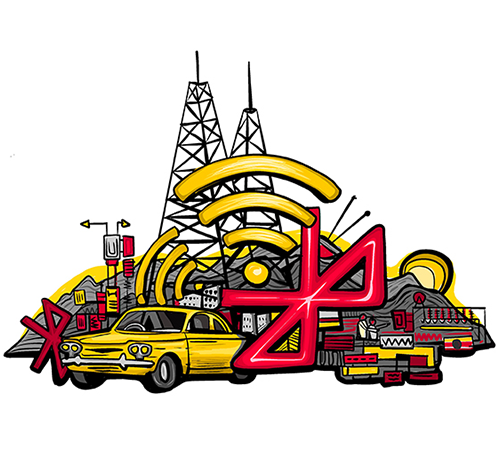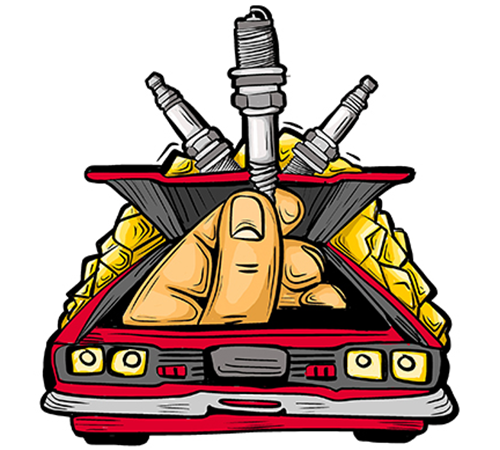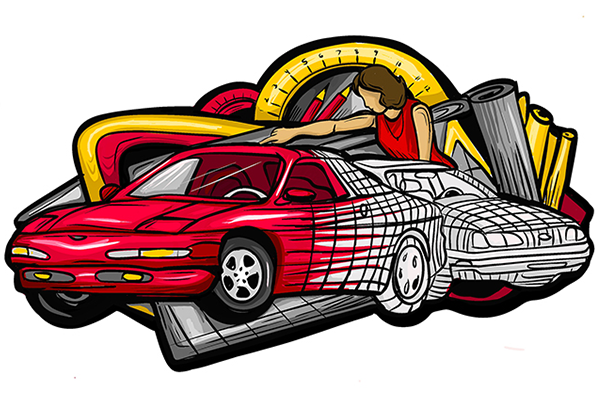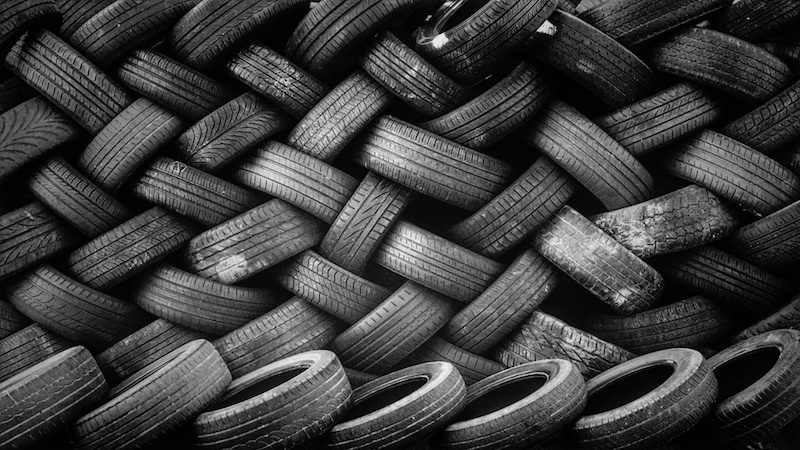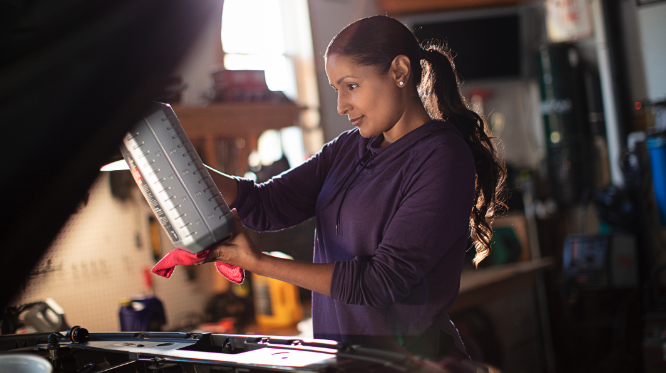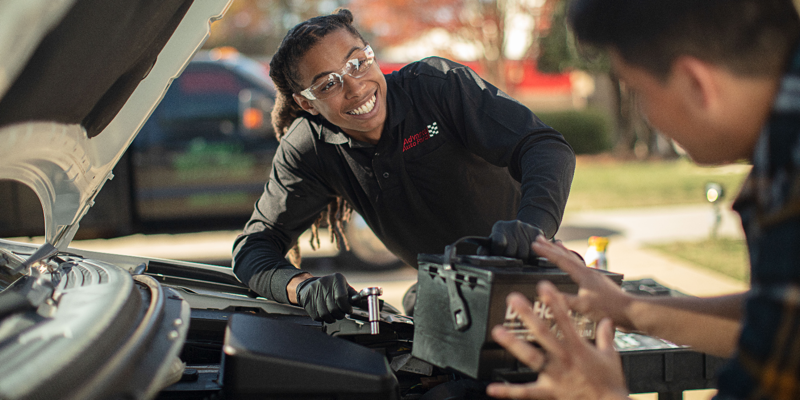Even though the automotive industry was forged during a time when many women were discouraged from working outside the home, our car culture has been driven forward by some very inventive ladies. Their contributions range from advances made on the humble spark plug to a female double-team on the invention of windshield wipers to improved car heaters. There's even a cool story about a woman who played two roles in her life, movie star and brilliant inventor. Join us in celebrating Women's History Month by learning more about these pioneers.
Hedy Lamarr (1914-2000)
Hedy Lamarr's life story sounds like an adventure movie starring herself. Although she was famous for being a beautiful and talented actress, she was also a self-taught inventor who tinkered with improving traffic lights and creating a tablet that would carbonate water.
While trying to aid the war effort, she teamed up with composer George Antheil on a device that synchronized a miniature player piano with radio signals. The machine would allow radio-controlled torpedos to change frequencies to avoid being jammed or sent off course. Lamarr and Antheil received a patent for their "Secret Communications System" in 1942.
The U.S. Navy wasn't allowed to access technology invented from an outside source, but an updated version of the system was put into use in 1962. The same technology is the basis for the Bluetooth system that now connects our phones with our cars.
Margaret A. Wilcox (1838-unknown)
Wilcox was born in Chicago in 1838 and went to school to become a mechanical engineer. She held a patent for a combination clothes and dish washer machine, but she's better known for putting heaters into cars.
She was inspired by riding in cold train cars while the engine pulling the train was producing great quantities of heat. She developed an early prototype system of capturing engine heat, then piping the warm air into the railcars by using the train's spinning wheels as a propulsion system.
Early model cars were entirely open, but by 1907, they had roofs, doors and windows. The idea of heating up an automobile was initially not very popular. The first car heaters appeared in 1917 as an electric option that was only available in luxury rides. Ford began using Wilcox's design in 1929, and the world has been a warmer place ever since.
Mary Anderson (1866-1953) and Charlotte Bridgwood (1861-1929)
Born in 1866, Mary Anderson was a real estate developer, rancher and also gets credit for inventing the windshield wiper. While riding in a trolley car in New York City during the winter of 1902, she noticed the trolley driver struggling to see during a sleet storm.
She returned to her home in Alabama, hired a designer and created a hand-operated device that would clean a windshield from inside the vehicle. In 1903, she was granted a patent for her creation. Unfortunately, the car industry wasn't interested in the device at the time, and her patent expired in 1920.
Then came along Charlotte Bridgwood. She was born in Canada in 1861 and showed an early interest in cars. The multi-talented woman even performed in vaudeville before becoming president of the Bridgwood Manufacturing Company. She took Anderson's invention to the next level by adding an electric motor that replaced the hand crank.
She also changed Anderson's blade design to rollers and was issued a patent in 1917. She never put the invention into production, and her patent also expired in 1920. In 1922, Cadillac became the first car manufacturer to offer windshield wipers using Anderson's basic design as inspiration.
Helen Blair Bartlett (1901-1969)
Designing the modern spark plug required a geologist. Helen Blair Bartlett was born in 1901 and held degrees in geology and mineralogy. In the early 1930's, she went to work for General Motors in the AC Ceramic Research Department.
Back then, most spark plugs were insulated with a porcelain jacket that was molded on a potter's wheel. They were, however, prone to cracking and were also damaged by deposits created by burning the leaded fuel being used at the time. Bartlett began experimenting and eventually perfecting a better insulator by using alumina ceramics.
The new material made spark plugs last longer and more resilient. Bartlett went on to acquire seven patents, four of which were related to perfecting the spark plugs that still keep our vehicles humming down the road today.
Without the contribution of women inventors, our cars would have lousy spark plugs, no windshield wipers, no heat and no Bluetooth technology. These inventors made their mark on the industry in a time when having women in the workplace was still a novel idea, and we celebrate them and their courage today.
Which of these inventions are you most grateful for? Let us know in the comments.
